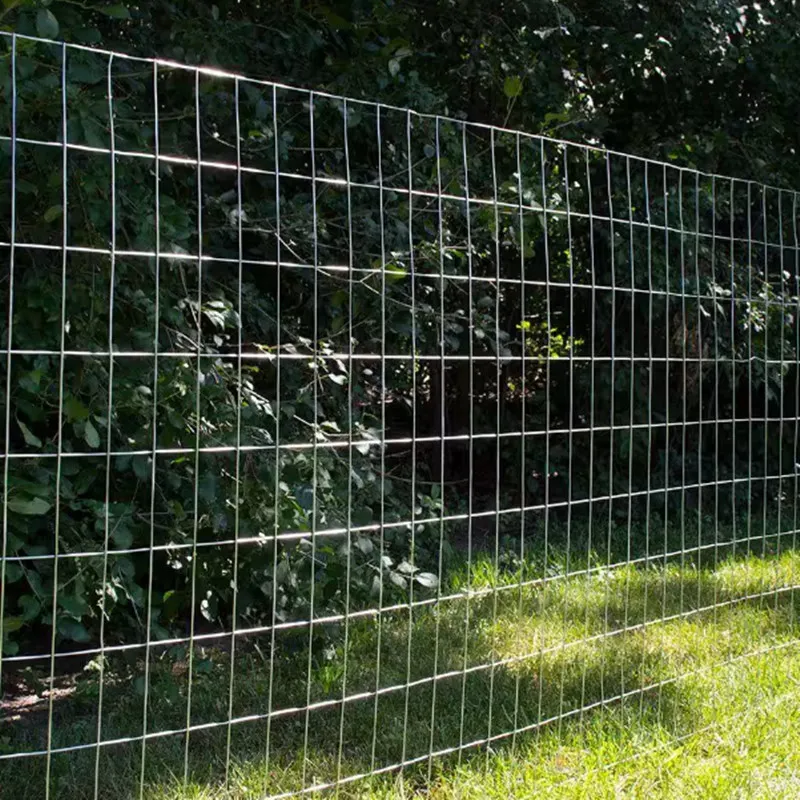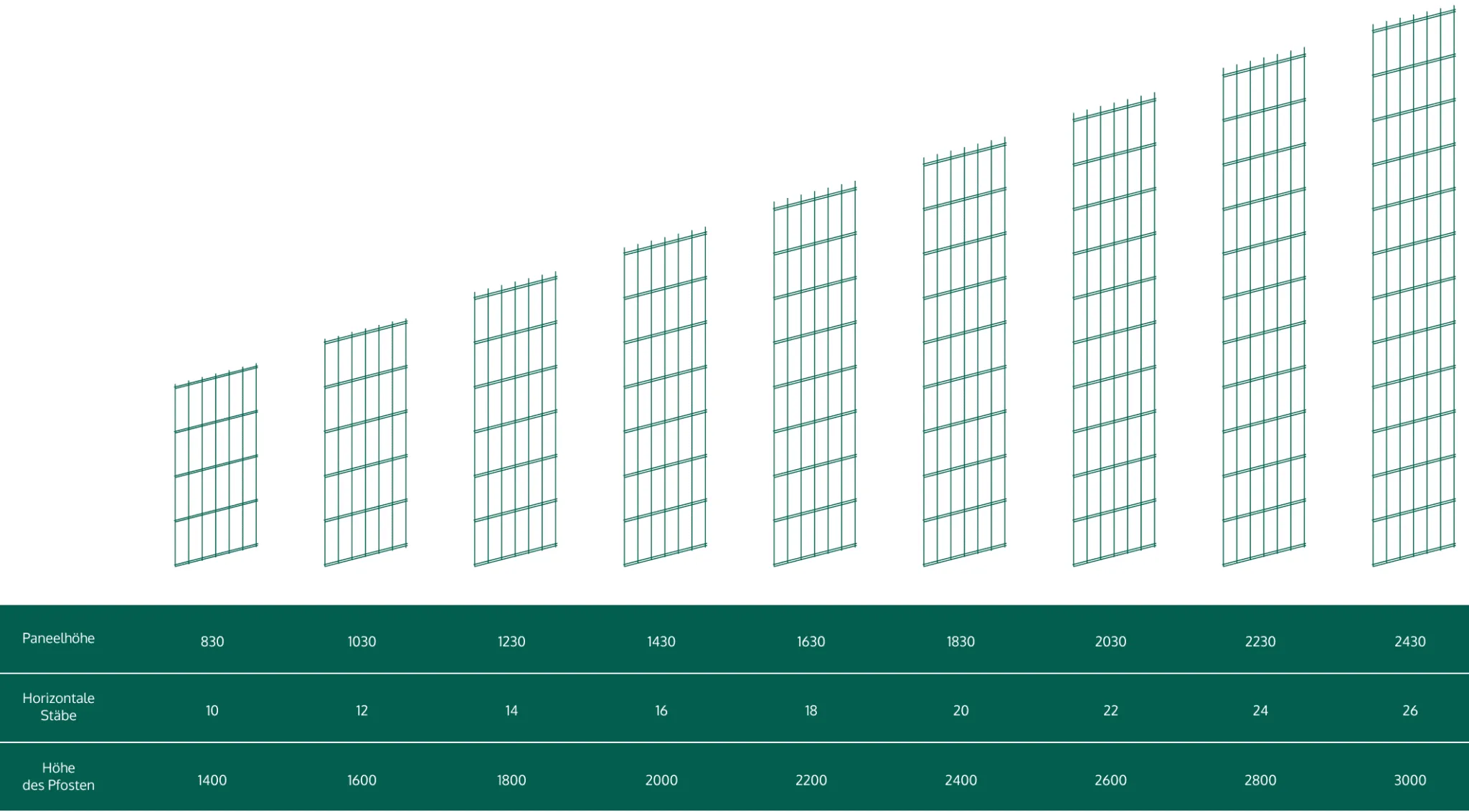Navigating the world of heavy-duty steel grating pricing can be daunting, particularly for businesses seeking durable, reliable, and affordable options. However, understanding the intricacies of pricing can provide significant advantages. Here, we aim to shed light on the factors influencing heavy-duty steel grating prices and provide an expert perspective for those in the market.

Heavy-duty steel grating is an essential component in many industrial and commercial settings due to its strength, durability, and versatility. It's used in everything from walkways and platforms to drainage covers and stair treads. The market demand is high, but prices can vary significantly based on several key factors.
First and foremost is the raw material cost, which is perhaps the most volatile component of steel grating pricing. Steel prices are influenced by a complex matrix of global trade dynamics, availability of raw materials like iron ore and coking coal, and geopolitical factors. For example, tariffs on steel imports or disruptions in the supply chain can lead to abrupt changes in price.

Another critical factor is the type of steel used. While standard carbon steel is common for many applications, certain environments may require stainless steel or galvanized coatings to prevent rust and corrosion, particularly in outdoor or chemically aggressive environments. Such specifications can increase the cost significantly due to the additional processing required.
Manufacturing processes also play a pivotal role in determining price. Press-locked and forge-welded manufacturing techniques are widely used. Forge-welded grating, which involves joining steel bars through a process combining heat and pressure, typically commands a higher price due to its superior strength and load-bearing capabilities. On the other hand, press-locked grating, which is created by slotting and pressing the steel bars together, can be more economical, though it may not offer the same performance under heavy loads.
heavy duty steel grating price
Volume is another considerable factor. Bulk purchases tend to leverage economies of scale, reducing the overall price per unit. For large-scale projects, negotiating bulk purchase agreements can lead to substantial savings.
Logistics cannot be overlooked as a price-determining factor. Transportation from manufacturing facilities to the installation site can be costly, especially if the destination is remote or overseas. The weight of steel grating adds significantly to shipping costs, which are impacted further by fluctuations in fuel prices and availability of transport options.
Customization also affects pricing. Custom fabrications tailored to specific project requirements — such as unique shapes, sizes, and load specifications — require additional design and engineering input, and thus, typically incur a higher cost compared to off-the-shelf products.
Finally, market demand and competition also influence pricing. In regions with increased industrial activity, such as burgeoning urban areas or zones witnessing infrastructure boom, demand for heavy-duty steel grating can drive prices upward. Conversely, markets with multiple suppliers might offer competitive pricing due to the pressure for suppliers to differentiate their products.
In conclusion, while numerous factors influence the price of heavy-duty steel grating, understanding these variables allows businesses to make informed decisions. Engaging with reputable suppliers who demonstrate expertise and reliability can help navigate these complexities effectively. Additionally, looking for suppliers that offer a balance of quality and affordability, as well as excellent customer service, can be critical in achieving the best value for investment. Utilizing this sophisticated understanding of the market dynamics surrounding steel grating ensures that companies can be both economically smart and operationally efficient in their purchase decisions.
























